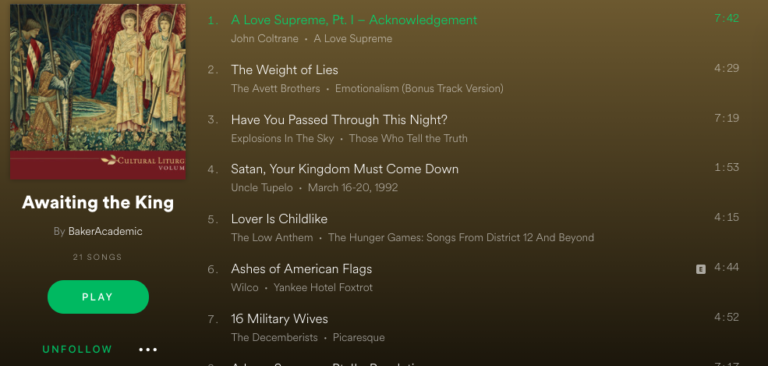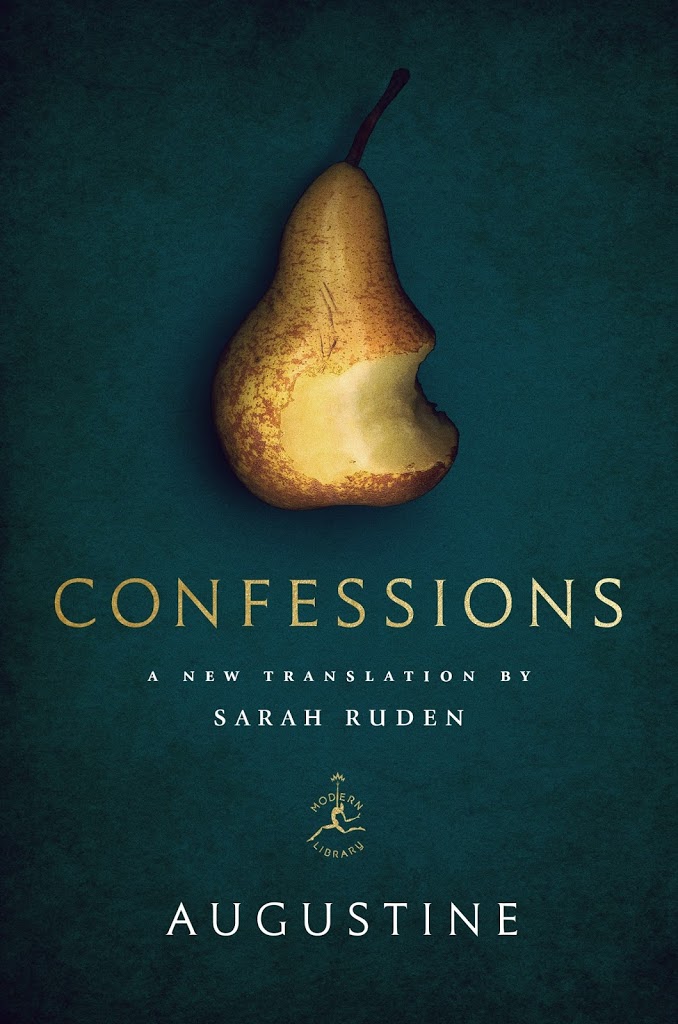Lilla on Libertarians, Left & Right
 Mark Lilla’s essay, “The Tea Party Jacobins,” might have started with a nod to “The Charge of the Light Brigade”:
Mark Lilla’s essay, “The Tea Party Jacobins,” might have started with a nod to “The Charge of the Light Brigade”:
Libertarians to right of them,
Libertarians to left of them,
Libertarians behind them…
Lilla rightly diagnoses the extent to which the so-called conservatives of Tea Party inanity are just as much a product of the 1960s as Hillary Clinton and N.O.W. They’re simply different ends of an American spectrum that is genetically libertarian. As he puts it,
A new strain of populism is metastasizing before our eyes, nourished by the same libertarian impulses that have unsettled American society for half a century now. Anarchistic like the Sixties, selfish like the Eighties, contradicting neither, it is estranged, aimless, and as juvenile as our new century. It appeals to petulant individuals convinced that they can do everything themselves if they are only left alone, and that others are conspiring to keep them from doing just that. This is the one threat that will bring Americans into the streets.
Welcome to the politics of the libertarian mob.
Commenting on Bill Bishop’s The Big Sort (which Mulder & I discuss here), Lilla observes that our real estate choices are both symptom and cause of this.
As the libertarian spirit drifted into American life, first from the left, then from the right, many began disinvesting in our political institutions and learning to work around them, as individuals. The simplest way to do that is to move. As the journalist Bill Bishop shows in his eye-opening demographic study The Big Sort, for decades we have been withdrawing into “communities of like-mindedness” where the gap between individual and collective closes. These are places where elective affinities are supplanting electoral politics. People with higher degrees who care about food and wine, support gay rights, and want few children but good Internet connections have been gravitating to urban centers on the two coasts, while churchgoing families that drive everywhere, socialize with relatives, and send their kids to state universities have been heading to the growing exurbs of the southern and mountain states. By voting with their feet, highly mobile Americans are finding representation in local communities where they share their neighbors’ general political outlook and where they can be sure that their voices will be echoed back to them. As Bishop points out, it is significant that at the county level American elections are increasingly being decided by landslides for either Democratic or Republican candidates.
Churches reflect the same ghettoization of ideologies, constructed of silos and echo chambers.
But I wonder if Lilla really appreciates that such libertarian prizing of autonomy does not just characterize the extremes and fringes: it’s woven into the warp & woof of his genteel liberalism, too. This is a difference of degree, not kind. And it’s precisely the problems with liberty so construed that also makes some of us less sanguine about democracy per se. That doesn’t thereby mean we’re tempted by fascism, but it does perhaps explain a certain aloofness about the project of liberal democracy.



